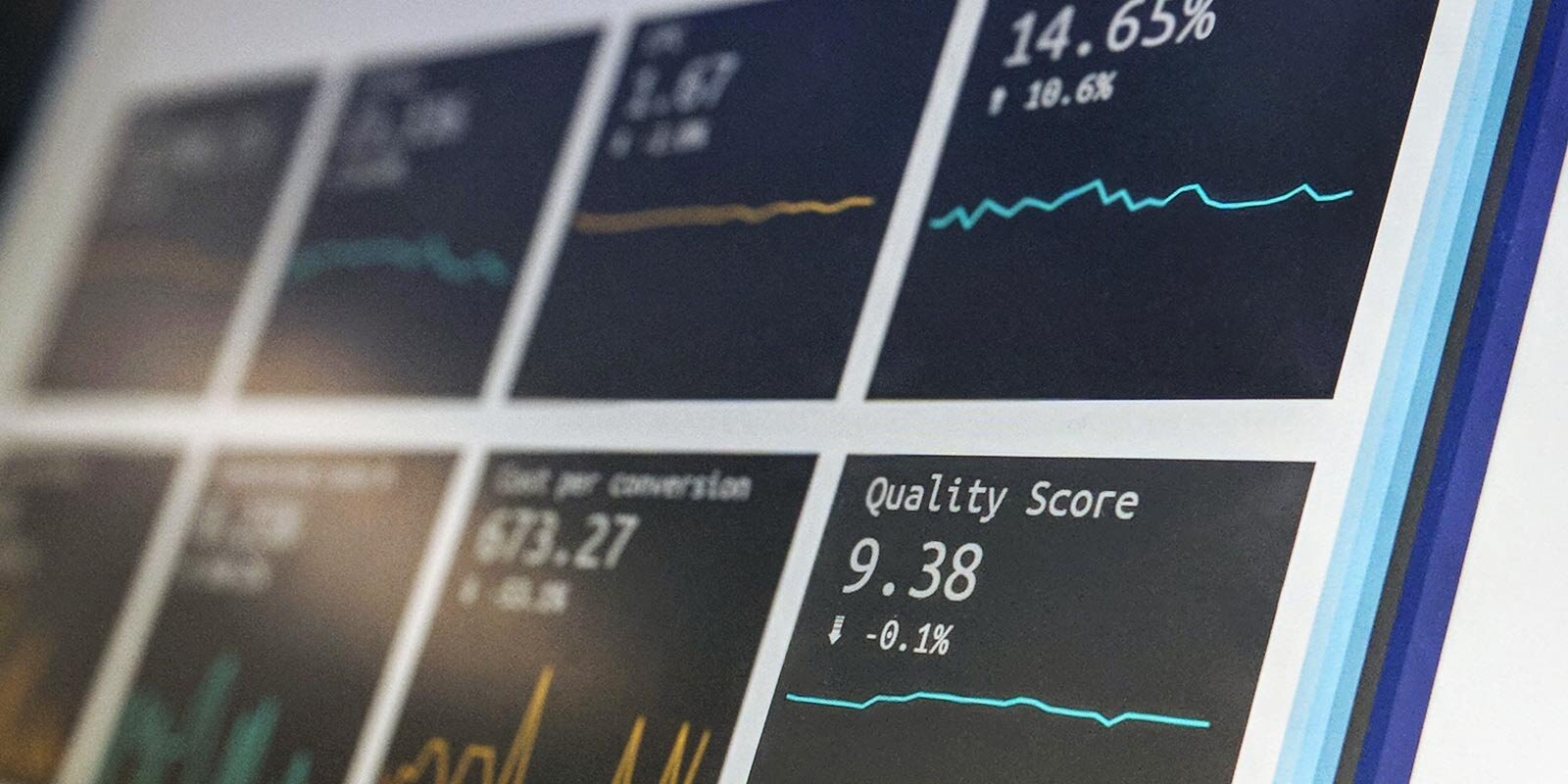A Data Strategy That Guarantees Better Business Decisions
This article is about what I believe is one of the most important data strategies needed in any competitive business today: having a single source of truth.
The growing popularity of having a single source of truth has highlighted challenges in collecting and analyzing the vast pools of data that companies collect on virtually every aspect of their business.
Whether you’re in a product team or an enterprise business unit, single source of truth plays an critical role in ensuring everyone has access to the same, unified source for all their data needs. Besides making day-to-day work easier (no debating which set of numbers are accurate, tracking down conflicting customer records, or version control nightmares, for example), a single source of truth (SST) can reveal inefficiencies and previously hidden opportunities for growth.
When you put it into action, having a single source of truth can help leaders at all levels of an organization move away from “intuitive” leadership to a more accurate approach to decision making. Let’s look at the reasons a SST is critical, followed by some ideas on how it can move business forward.
Why single source of truth is critical
It eliminates data silos.
Data silos often exist across different departments: for example, your customer service team might use a tool that captures and stores responses to customer surveys, while your marketing team might have their own set of survey results within another tool. Both groups have valid (and useful) data, but because they’re stored across different silos, decision-makers may struggle to draw meaningful conclusions.
These individual stores of useful data pop up quickly and naturally as business grows, but siloed data is the antithesis of what you need for good data-driven decision-making. Scattered and unreliable, the data you need might be outdated, otherwise incorrect, or missing to the people who need it most. Additionally, each isolated data silo multiplies the effort you need to find and eliminate errors — and when you’re relying on poor-quality data, this can lead to costly mistakes.
It mitigates human error.
There are a wealth of activities that humans thrive at, but storing and managing data often isn’t one of them. When you have multiple employees storing data in multiple locations (on-premise, in a public cloud, on multiple devices, etc.), you rely on human data-handling which is often fraught with error and complication.
It enables data-driven decision making.
You can’t even begin to apply data-driven decision making (DDDM) until you have a foundation built on SST. If your leadership and employees can’t agree on which data is more important or accurate, you can’t draw the kinds of meaningful conclusions (and make predictions) that will ultimately reduce costs, increase profits, and speed your time to value.
A single source of truth puts you in control
When you build your SST, it’s best to begin modestly. Selecting, cleansing, and securing data is a big effort, and it’s beyond the scope of this article. But when you successfully implement a SST strategy, it offers astounding benefits. Here are some ways a SST can immediately benefit your business.
Audit preparedness. As you probably know, audits can be a stressful, costly, and time-consuming process. Whether their nature is financial or compliance-related, audits rely heavily on accurate data, and a SST guarantees a comprehensive data pool to draw from across all departments. This will ultimately cut the time and dollars spent on audit preparation and reduce the chances of having to pay noncompliance fines.
Cross-functional teamwork. If you’re looking to drive collaboration between departments and teams, SST is essential. Let’s revisit the data silo issue for a moment: when you have different departments or specialized teams relying on their own siloed data, this does nothing to encourage cross-pollination of ideas.
But a single source of truth pulls all employees into a shared information view. It provides insight into the context of data and reveals cross-functional patterns. Employees can collaborate and share insights, and your entire enterprise can work together toward your goals.
Use of BI tools. Once you’ve established a SST, you can start using powerful business intelligence tools like Microsoft Power BI to improve operational efficiency and take business to the next level. You might, for example, create a risk assessment BI dashboard to better prepare you for audits. Or you might create a custom dashboard for a specific department or goal, setting permissions so that each user has their own level of access.
Customized data analysis for your enterprise helps you cut through ambiguity and minimize unpredictability. With real time, spot-on data, you can deploy DDDM to confidently make more accurate decisions.
BI tools also provide data visualizations that transform raw data. Instead of numbers, decision-makers and other users can work with interactive charts and graphs — no data science degree needed.
Operationalize faster, smarter AI. AI is one of The Top 10 Data and Analytics Trends of 2021, and you’ve likely seen experimentation and pilot programs all around you. Now, operationalized AI has begun to power day-to-day business activity and decisions.
The combination of trustworthy data and cognitive insight (AI and machine learning) holds huge potential for increasing revenue. Cognitive insight can predict market trends, predict what a certain customer is likely to buy, and even identify credit fraud in real time.
Cognitive insight can replace humans in labor-intense efforts such as data curation. How much money could you save by finding subtle problems in your SST? GE used cognitive insight to find probabilistic matches in its supplier data. By eliminating redundancies and negotiating contracts, GE saved $80 million in supplier data.
Meeting the future
The future belongs to organizations that rely on their single source of truth. A SST empowers companies to do more, operate more efficiently, and achieve more on a day-to-day basis. But it also provides a glimpse into the future, helping you capitalize on data-driven decision-making and powerful business intelligence tools.
To see how we’ve helped other companies implement SST, take a look at a few of our customers stories, or reach out to bi@prime8consulting.com to explore how a single source of truth might help your organization.
























